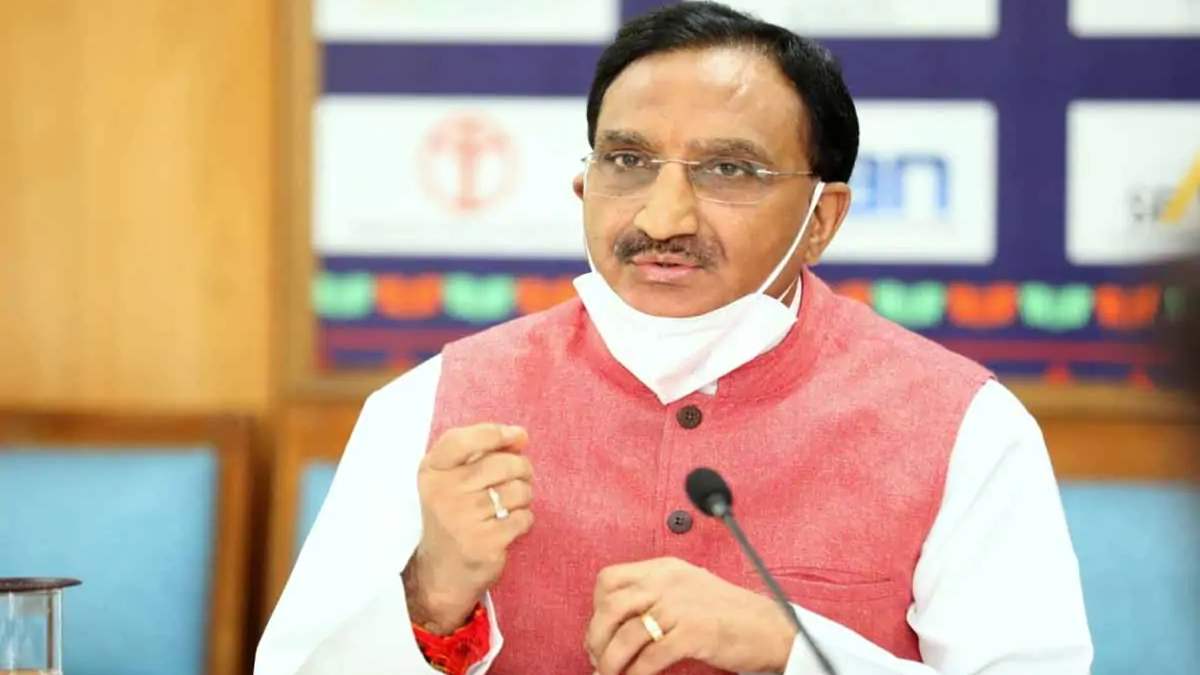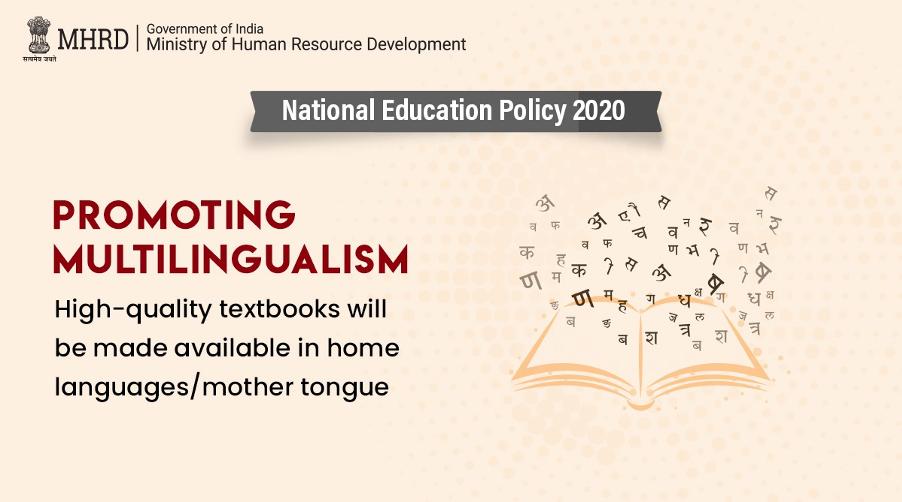


Ever since 29 July, when the Modi government announced the new National Education Policy (NEP) 2020, a lot of ‘woke’ people and self-professed intellectuals and elites have had complaints of pyrosis and literate diarrhoea. So much so that their hatred for Indian languages has taken over their love for English. The lackeys of the Whites and the phony liberals have suddenly decided to speak up for the globalisation of Indian youth and all the shenanigans and canards and what not! One such not-so-eminent journalist, or may be otherwise, penned one such contrived opinion masquerading as a factual article on how education in Indic languages is responsible for keeping India a poor and backward country. This is far from the truth and reeks of sheer hatred for Indic languages which represent our cultural identity and national ethos.

Although I can’t vouch for whether it is a real story or a concocted one, a writer-cum-columnist in an article a few months ago narrated an experience where, while sharing a cab from Jammu to Kashmir a few years ago, he met a Kashmiri man who was returning home from Germany. He wrote, “My jaw dropped to think he was a ‘villager’ speaking in English and doing a PhD in Chemistry in Germany. I can’t imagine travelling from Lucknow to Kanpur and meeting rural youth speaking fluent English and pursuing PhDs at foreign universities. If you can find such a person, chances are that s/he is making it to the news as a rare achiever.” He continued, “In Kashmir, even government schools are English ‘medium’, that is, students are taught everything in English, right from primary school.”
I can’t help but wonder how these irrelevant intellectuals generalise things without an iota of sanity. Naturally, with the hangover of British imperialism and the tryst with a foreign culture and language, they judge the intellect of another with a foreign language—in this case, English—which speaks a lot about the shallowness of these fallen idols. Not to add that the said writer purportedly juxtaposed one state with another, asserting his views and disparaging the state of Uttar Pradesh. One can reasonably argue that one of those states is known to have produced an umpteen number of bureaucrats and politicians, including the current Prime Minister, not to discount making up 8% of the national GDP. And, truth be told, the other state’s contributions to nation building isn’t quite remarkable.
The writer further adds, “Sheikh Abdullah’s land reforms are widely acknowledged as one of the reasons why Kashmir and Kashmiris became prosperous. One reason that is not acknowledged is the implementation of English medium education.” If that was the case, one can ask, and if the Kashmiri populace was so prosperous, then who cried foul over prevailing unemployment, which is apparently the only reason for the ennobled local youth to pick up arms against the Indian state? And if his assertions are to be believed, does he connote that the incisive youth-turned-separatists were all English-speaking and that the intellectual gang propounds this model? Plus, endorsing the elder Abdullah!
The majority of the country, .i.e., the middle class—or the bourgeoisie, for calling them this would please the writer—always was, is and will be aspirational, and there is nothing wrong with it too. Financially, they aren’t there yet, so they have had to play pretend by dressing in ‘branded outfits’, presenting themselves with Western manners and, not to miss, speaking impeccable English with an accent. Speaking fluent English has been a defining aspect of the middle class in India. In fact, this discerns the middle class and white collars from the blue collars—a very conscious effort to show the world that they don’t belong to the class that soils its hands at work.
The said writer also pushed hard to convince readers of the New India on the lines of ‘English being the new Sanskrit and English being required for the knowledge economy’. Artificial intelligence (AI) is the future of our technology and this world is moving towards AI as we speak. NASA made an incredible discovery in 2019 about computing language for AI. According to their research, NASA claimed that Sanskrit, the ancient Hindu language, is the most suitable for developing computer programming for AI. Even in 1985, a NASA associate scientist, Rick Briggs, published a research paper titled Knowledge Representation in Sanskrit and Artificial Intelligence in the spring issue of Artificial Intelligence magazine (Volume 6 Number 1). When NASA, the epitome of technology from the country that our liberals fantasise about and look up to, is moving back to our roots of Indic and Vedic language and traditions, then what do these eminent people complain about? NASA itself blows up the English versus Sanskrit argument into smithereens, so the writer’s concern regarding the IT industry, under the head “English for the knowledge economy”, also has its answer.
“Scientifically, good learning happens when children have high self-esteem and are well-adjusted in a classroom that provides a positive and fearless environment. If the child is taught in a language they do not understand, none of this will happen,” said Dhir Jhingran, former IAS and the founder of the Language and Learning Foundation, an organisation working with state governments in Chhattisgarh, Rajasthan and Haryana to prepare study material in local languages and train teachers to use them.
Special Rapporteur and UN independent expert Fernand de Varennes on 11 March 2020 also said, “Education in mother tongue, combined with quality teaching of the official language, is more cost-effective in the long term, reduces dropout rates, leads to noticeably better academic results, particularly for girls, improves levels of literacy and fluency in both the mother tongue and the official language, and leads to greater family and community involvement. This is not only necessary for inclusive, quality education but also to respect the human rights of all children.” He further said that learning in one’s first language can help mitigate the risk of “ending up later in life with the lowest paying jobs and highest unemployment rates”. Even UNESCO has been promoting multilingual education, as and when relevant, as a means to improve learning outcomes and give life to cultural diversity. UNESCO’s recommendation says: “At least 6 years of mother tongue education should be provided in ethnically diverse communities to ensure those speaking a different language from the medium of instruction do not fall behind”.
The said writer-cum-commentator mistakenly forgot that conjecture doesn’t work this easily when one doesn’t have facts at his/her disposal and that rhetoric alone doesn’t push agendas any more. So we must let facts speak for themselves as they unravel. Noted journalist Mark Tully has also rightfully observed that the predominance of English in India is harmful to its intellectual life and democracy. So what would he write now?